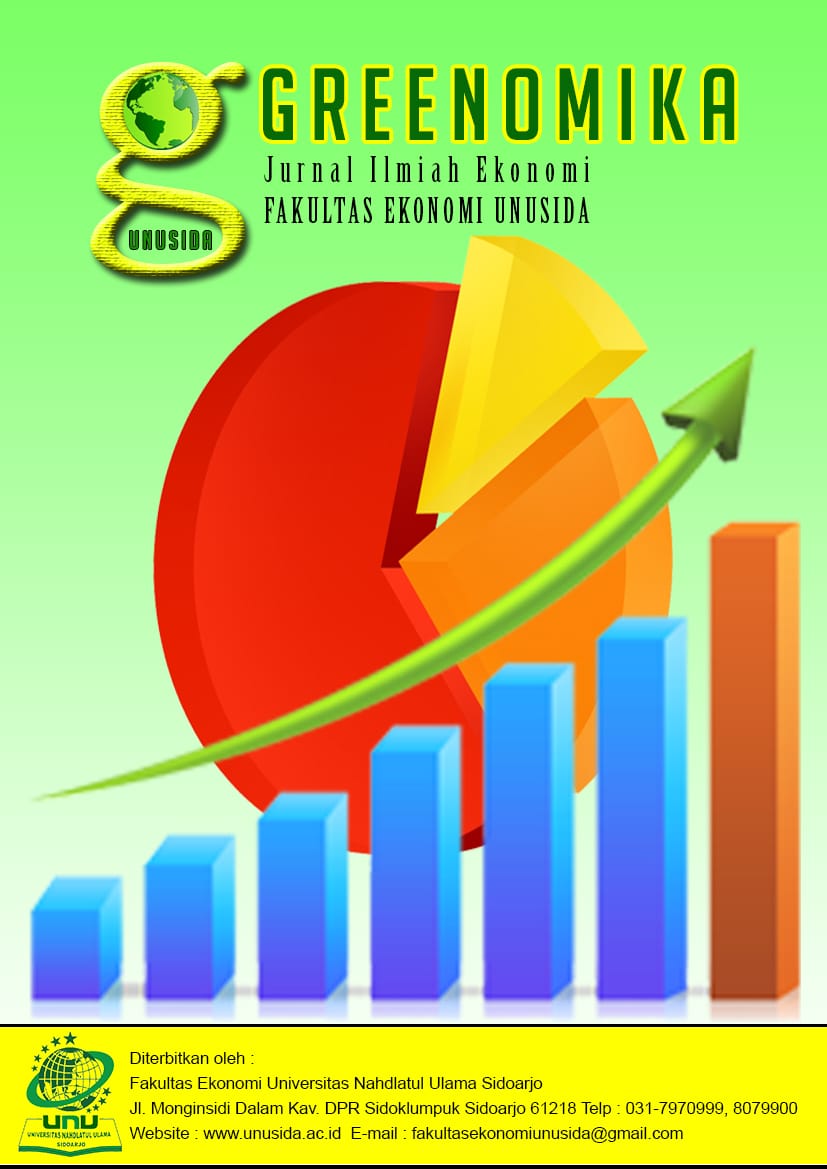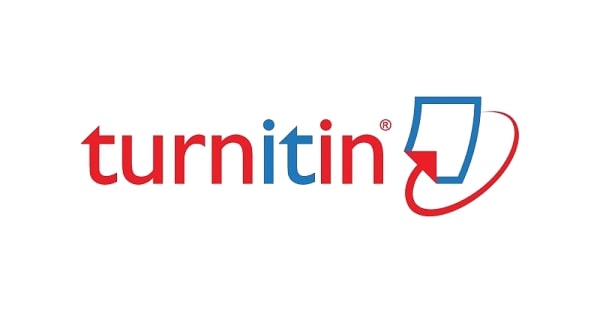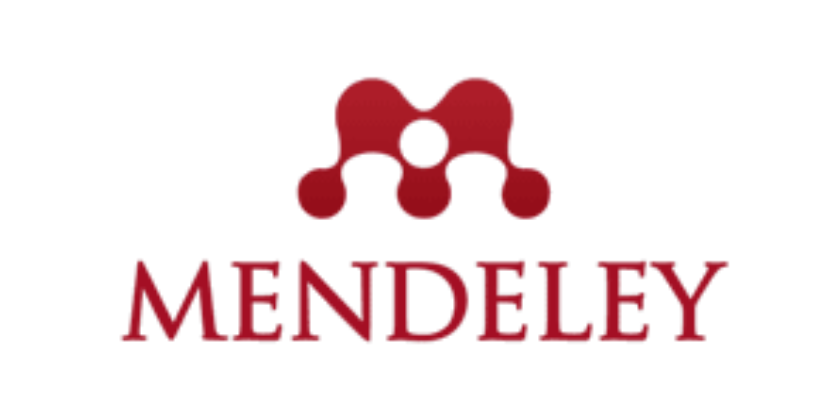The Effect of Digital Technology Use on the Effectiveness of Business Plan Development by Young Entrepreneurs in Banjarmasin City
DOI:
https://doi.org/10.55732/unu.gnk.2025.07.1.2Keywords:
Digital Technology, Business Plan EffectivenessAbstract
This study aims to explore the influence of the use of digital technology on the effectiveness of business plan preparation by young entrepreneurs in Banjarmasin city. The research was conducted using a quantitative approach. Data collection was carried out using a questionnaire assisted by google form. The number of samples in this study were 100 young entrepreneurs in Banjarmasin City. The data analysis technique used Partial Least Square-Structural Equation Modeling (PLS-SEM) with the help of the SmartPLs program. The results showed that business planning software and social media and digital platforms have a significant effect on the effectiveness of business plan preparation in Banjarmasin City. Based on the results of this study, it is expected that young entrepreneurs in Banjarmasin should make greater use of business planning software as well as digital platforms and social media to enhance the effectiveness of their business plan development. Local governments, training institutions, and business communities can use these findings as a basis for designing more targeted digital training and mentoring programs.
References
Agustina, H., Lestari, F., & Putra, R. S. (2024). Stock Price and Profitability: an Impact Analysis in the Consumer Products Industry in Indonesia. GREENOMIKA, 6(1), 10–18. https://doi.org/10.55732/unu.gnk.2024.06.1.2
Batee, M. M. (2019). Pengaruh Media Sosial Terhadap Keputusan Pembelian Di Toko Kaos Nias Gunungsitoli. Jesya (Jurnal Ekonomi & Ekonomi Syariah), 2(2). https://doi.org/10.36778/jesya.v2i2.108
Berutu, T. A., Sigalingging, D. L. R., Simanjuntak, G. K. V., & Siburian, F. (2024). Pengaruh Teknologi Digital terhadap Perkembangan Bisnis Modern. Neptunus: Jurnal Ilmu Komputer Dan Teknologi Informasi, 2(3), 358–370. https://doi.org/10.61132/neptunus.v2i3.258
Bharadwaj, A. S. (2000). A resource-based perspective on information technology capability and firm performance: An empirical investigation. MIS Quarterly: Management Information Systems, 24(1). https://doi.org/10.2307/3250983
Chen, H., H.L.Chiang, R., & C. Storey, V. (2018). Business Intelligence and Analytics: From Big Data To Big Impact. MIS Quarterly, 36(4).
Farina, K., & Opti, S. (2023). Pengaruh Pemanfaatan Sistem Informasi Akuntansi Dan Penggunaan Teknologi Informasi Terhadap Kinerja UMKM. Jesya, 6(1). https://doi.org/10.36778/jesya.v6i1.1007
Hair, J. F., Jr., Hult, G. T. M., Ringle, C. M., & Sarstedt, M. (2021). A primer on partial least squares structural equations modeling (PLS-SEM). Journal of Tourism Research, 6(2).
Hair, J. F., Sarstedt, M., & Ringle, C. M. (2019). Rethinking some of the rethinking of partial least squares. European Journal of Marketing, 53(4). https://doi.org/10.1108/EJM-10-2018-0665
Herdiyani, S., Safa’atul Barkah, C., Auliana, L., & Sukoco, I. (2022). Peranan Media Sosial Dalam Mengembangkan Suatu Bisnis: Literature Review. Jurnal Administrasi Bisnis, 18(2). https://doi.org/10.26593/jab.v18i2.5878.103-121
Korsgaard, S., Wigren-Kristoferson, C., Brundin, E., Hellerstedt, K., Alsos, G. A., & Grande, J. (2022). Entrepreneurship and embeddedness: process, context and theoretical foundations. Entrepreneurship and Regional Development, 34(3–4). https://doi.org/10.1080/08985626.2022.2055152
Mahfudhoh, D. H., & Pujianto, W. E. (2024). Digitalisasi Home Industry Produk Fashion Guna Meningkatkan Pendapatan Keluarga. Abdi Pandawa: Jurnal Pengabdian Kepada Masyarakat, 4(1). https://doi.org/10.33592/ap.v3i2.3596
Pujianto, W. E. (2022). Pengantar Manajemen Era Digital. In Pustaka Aksara. Pustaka Aksara.
Rahayu, R. A., Maryanti, E., & Ni’mah, S. A. (2023). Social Media, Learning Media, and the Internet on Accounting Student’s Interest in Learning During a Pandemic. GREENOMIKA, 5(1). https://doi.org/10.55732/unu.gnk.2022.05.1.3
Sahvitri, I. L. (2022). Peran Bisnis Jual Beli Online Dalam Peningkatan Perekonomian Keluarga Studi Pada Perumahan Pesona Permata Gading 1 Sidoarjo. GREENOMIKA, 3(2), 67–80. https://doi.org/10.55732/unu.gnk.2021.03.2.3
Strawser, J. A., Hechavarría, D. M., & Passerini, K. (2021). Gender and entrepreneurship: Research frameworks, barriers and opportunities for women entrepreneurship worldwide. In Journal of Small Business Management (Vol. 59, Issue sup1). https://doi.org/10.1080/00472778.2021.1965615
Turrahmah, H., Ekonomi, P., & Ekonomi, F. (2023). Perencanaan Usaha (Business Plan). Forbiswira Forum Bisnis Dan Kewirausahaan, 13(1).
Zai, L. F., Ndraha, A. B., Mendrofa, S. A., & Lahagu, P. (2023). Analisis Pemanfaatan Teknologi Informasi Terhadap Kinerja Pegawai Pada Kantor Kecamatan Lolofitu Moi. JMBI UNSRAT (Jurnal Ilmiah Manajemen Bisnis Dan Inovasi Universitas Sam Ratulangi)., 10(3). https://doi.org/10.35794/jmbi.v10i3.54208
Downloads
Published
Issue
Section
License
Copyright (c) 2025 Delia Putri Rusnanti, Maftukhin Maftukhin, Angga Yugustama, Ade Triyanto, Fadia Budi Cahyono, Imelda Dian Rahmawati

This work is licensed under a Creative Commons Attribution-NonCommercial 4.0 International License.
Authors who publish with this journal agree to the following terms:
Authors retain copyright and grant the journal right of first publication with the work simultaneously licensed under a Creative Commons Attribution License that allows others to share the work with an acknowledgement of the work's authorship and initial publication in this journal.
Authors are able to enter into separate, additional contractual arrangements for the non-exclusive distribution of the journal's published version of the work (e.g., post it to an institutional repository or publish it in a book), with an acknowledgement of its initial publication in this journal.
Authors are permitted and encouraged to post their work online (e.g., in institutional repositories or on their website) prior to and during the submission process, as it can lead to productive exchanges, as well as earlier and greater citation of published work (See the Effect of Open Access).















